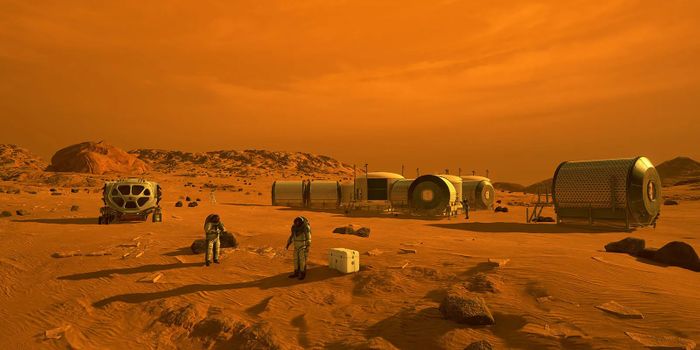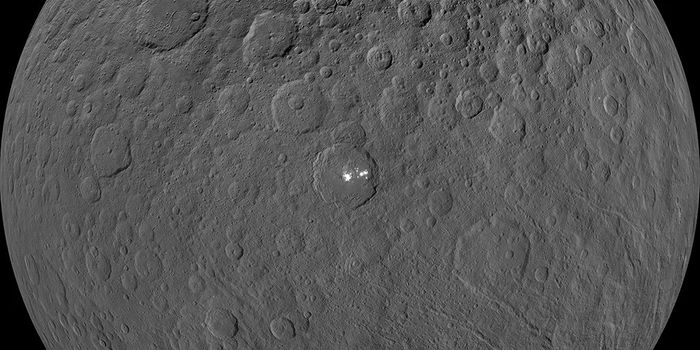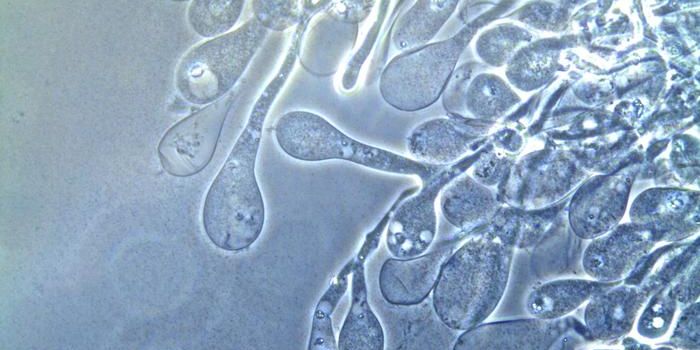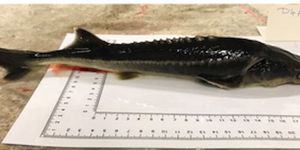Scientists Develop Interstellar Sunscreen to Block Deadly Rays
Outside of the Earth's magnetic field exist many kinds of dangerous radiation. These include ultraviolet, X-rays, and gamma rays from the sun and super fast subatomic particles, called galactic cosmic rays coming from outside the solar system. Now, researchers have developed a 'sunscreen' people could wear in space to protect against these harmful rays.
The different kinds of radiation in space accumulate and break down DNA structures invisibly over time. Possibly leading to cancer, such biological changes can also lead to radiation poisoning and death. While countermeasures already exist- lead and water shielding- they tend to be heavy and thus expensive to launch into space missions.
Researchers, however, have found that melanins (naturally occurring pigments found in plants, animals, fungi, and bacteria) provide a cheaper and more convenient way to defend against these rays. In animals, these compounds exist in two groups- pheomelanin and eumelanin. While eumelanin is responsible for black and dark brown colors like those in skin and hair, pheomelanin contains sulfur and tends to be reddish or yellowish. It is found both in red or auburn hair and human lips.
What's more, pheomelanin has been found to absorb X-rays more effectively than eumelanin. As such, researchers extracted the chemical from red rooster feathers to see if they could make it even more protective. In doing so, the researchers replaced its sulfur component with selenium, an element that plays a role in cancer prevention. As such, they created selonomelanin, a combination that has not yet been observed in nature.
In lab experiements, they found that skin cells with selenomelanin were able to defend against doses of X-ray radiation that would usually be deadly to humans. The scientists said that the compound formed 'microparasols' around cells- essentially building tiny shields around their nuclei and protecting their DNA from damage.
The researchers also found that engineered bacteria fed selenium were able to produce selenomelenin, meaning the substance may be easily manufactured in space.
Although the material still needs to be tested on humans in space, the researchers are hopeful that it may one day be used to aid space missions. In particular, they say that if it proves successful in space experiments, the compounds could be woven into clothing, such as linings for spacesuits, to offer continuous protection.









